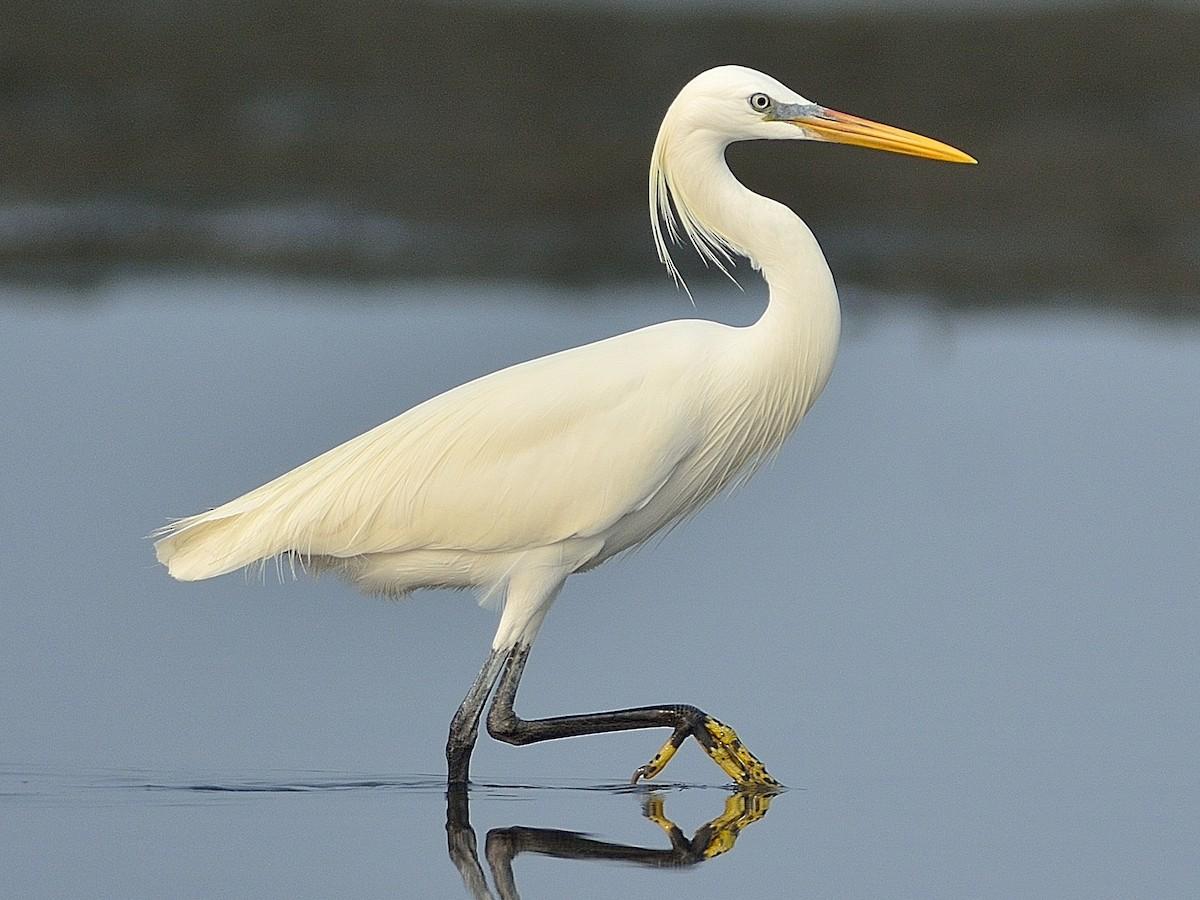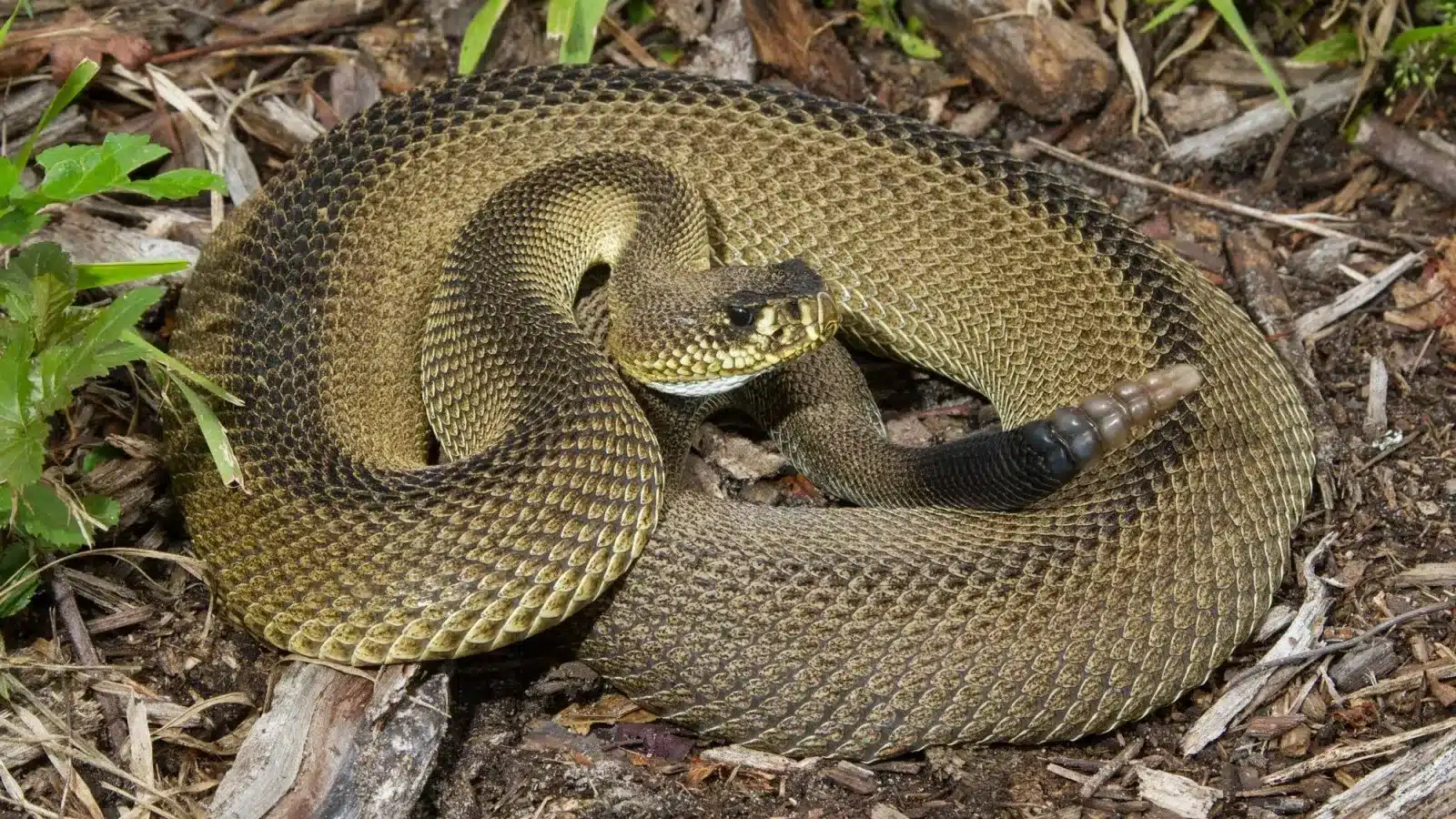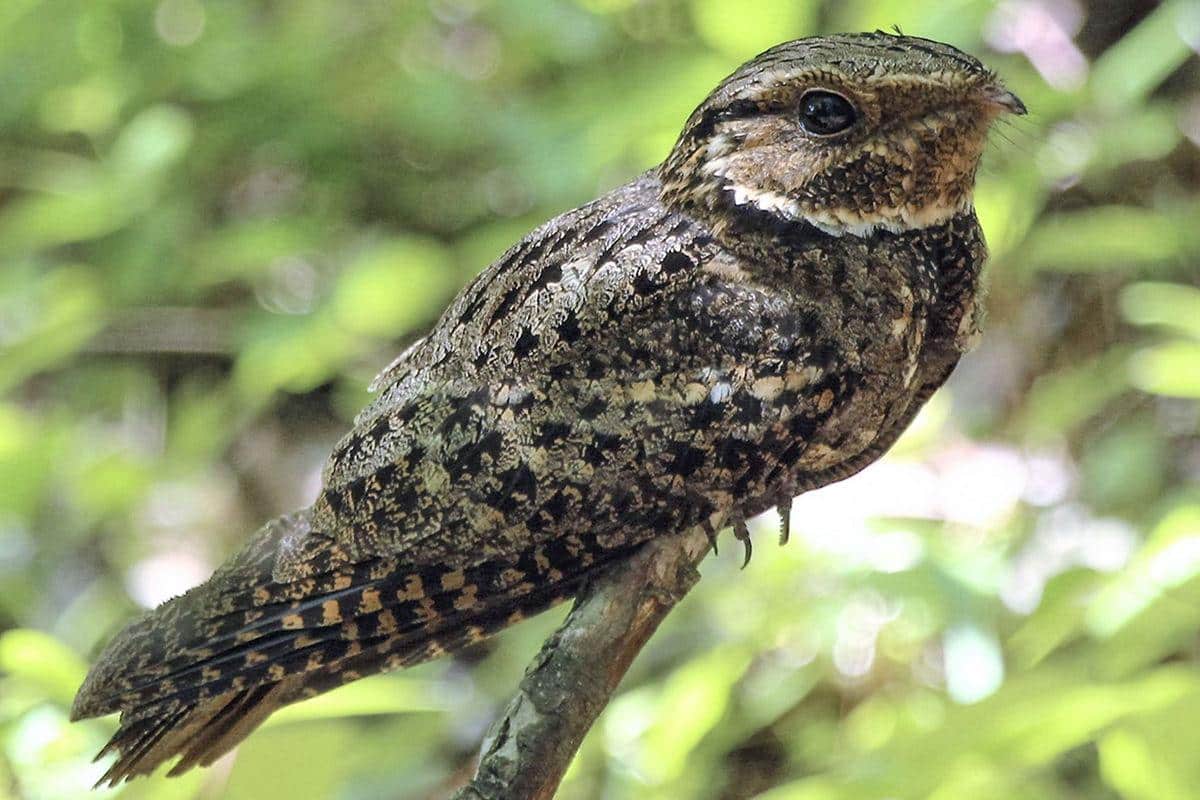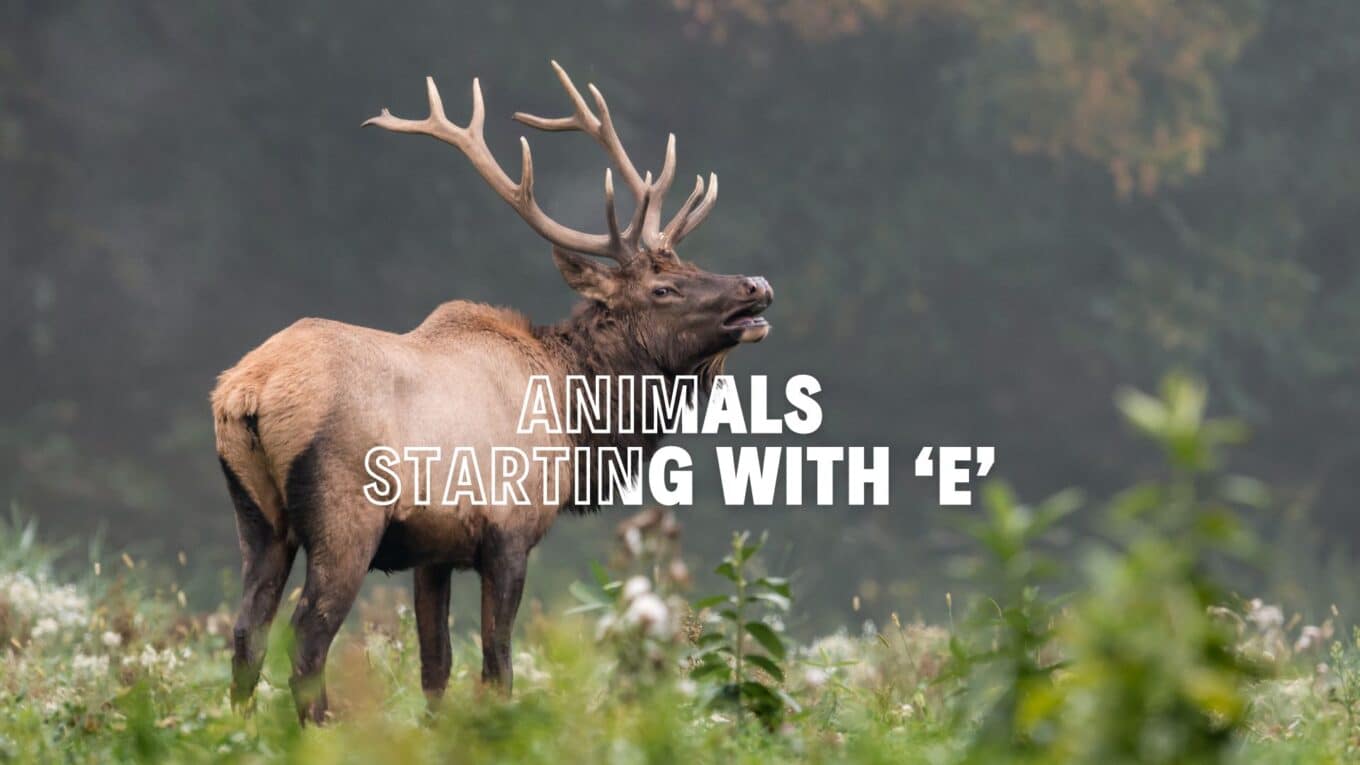Have you ever tried to list animals that start with E? It’s not as easy as you might think. Many struggle to name more than a few, which can be frustrating for students, animal lovers, or anyone playing word games.
Don’t worry—we’ve done the hard work for you! Our list of 149 animals, starting with E, will open your eyes to our world’s extraordinary variety of creatures. You’ll find intriguing beings, from everyday animals to rare species.
In this list, you’ll learn:
- Land animals, sea creatures, and flying beings that start with E
- Both common and not-so-common animals
- Brief facts about some of the listed animals
Let’s jump into this exciting exploration of E-named animals!
149 Interesting Animals That Begin With The Letter ‘E’
1. Elephant

Elephants are mammals known for their large ears, tusks, and trunks. They have thick grey skin, small eyes, and huge legs to support their hefty bodies.
These animals are among the largest land mammals on Earth, standing between 2.7 and 4 meters tall and weighing 2,700 to 6,350 kg.
- Region of Habitat: Africa and Asia
- Scientific Name: Loxodonta africana (African) or Elephas maximus (Asian)
- Place of Origin: Africa and Asia
- Feeding Habits: Herbivorous, consuming grass, bark, roots, and fruits
- What Sound They Make: Trumpeting and rumbling sounds
Fun Facts: Elephants use their trunks for drinking, grasping, and communicating, making it a versatile tool for survival.
2. Eagle

Eagles are large birds of prey with impressive wingspans, sharp talons, and powerful beaks. Known for their sharp eyesight, they can spot prey from great distances.
These majestic birds range from 0.7 to 1.1 meters long and weigh between 3 and 6.5 kg, depending on the species.
- Region of Habitat: Worldwide, especially in North America and Eurasia
- Scientific Name: Various species, including Haliaeetus leucocephalus (Bald Eagle)
- Place of Origin: Global
- Feeding Habits: Carnivorous, hunting fish, small mammals, and birds
- What Sound They Make: Whistling or high-pitched calls
Fun Facts: Eagles can soar at altitudes of up to 10,000 feet, using thermal currents to glide for hours.
3. Eel

Eels are elongated fish with a snake-like body. Depending on the species, they can grow up to 1.5 meters long and are typically found in saltwater and freshwater environments.
They have smooth, scaleless skin and are known for their slippery texture.
- Region of Habitat: Oceans, rivers, and lakes
- Scientific Name: Anguilliformes
- Place of Origin: Global
- Feeding Habits: Carnivorous, feeding on small fish, crustaceans, and insects
- What Sound They Make: Silent, as they do not vocalize
Fun Facts: Some eels can generate electricity to stun prey, making them intriguing hunters in the aquatic world.
4. Earthworm

Earthworms are small, elongated invertebrates with soft, segmented bodies. They typically measure 9 to 30 centimeters in length and are essential for soil aeration and nutrient cycling.
Their smooth skin helps them move through soil, leaving rich organic matter behind.
- Region of Habitat: Worldwide, found in soils
- Scientific Name: Lumbricina
- Place of Origin: Global
- Feeding Habits: Detritivorous, feeding on decaying organic matter
- What Sound They Make: Silent, as they do not vocalize
Fun Facts: Earthworms can regenerate lost body segments, although this ability varies between species.
5. Emu

Emus are large, flightless birds native to Australia. They have long necks, small heads, and large, muscular legs suited for running.
Emus can reach a height of 1.5 to 1.9 meters and weigh between 30 to 45 kg, making them one of the tallest birds in the world.
- Region of Habitat: Australia
- Scientific Name: Dromaius novaehollandiae
- Place of Origin: Australia
- Feeding Habits: Omnivorous, eating fruits, seeds, and small animals
- What Sound They Make: Deep drumming and booming calls
Fun Facts: Emus are strong swimmers who can travel long distances for food and water.
6. Eastern Grey Kangaroo

Eastern Grey Kangaroos are marsupials with soft grey fur and powerful hind legs. They can stand up to 1.8 meters tall and weigh between 40 and 85 kg. They are known for covering large distances in a single leap.
- Region of Habitat: Eastern Australia
- Scientific Name: Macropus giganteus
- Place of Origin: Australia
- Feeding Habits: Herbivorous, grazing on grasses and shrubs
- What Sound They Make: Thumping and soft coughing noises
Fun Facts: Eastern Grey Kangaroos can leap over 8 meters in a single bound, making them excellent long-distance travelers.
7. Elk

Elks are large members of the deer family, and males grow impressive antlers during the mating season.
They stand about 1.5 meters tall at the shoulder and weigh between 320 and 500 kg. Their coats are reddish-brown in summer and darker in winter.
- Region of Habitat: North America, Europe, and Asia
- Scientific Name: Cervus canadensis
- Place of Origin: North America
- Feeding Habits: Herbivorous, feeding on grasses, leaves, and bark
- What Sound They Make: Loud bugling calls during mating season
Fun Facts: Elk antlers can weigh up to 18 kg, making them one of the largest deer species.
8. Emperor Penguin

Emperor Penguins are the largest species of penguin, standing around 1.2 meters tall and weighing between 22 and 45 kg.
They have black heads and backs, white bellies, and striking yellow markings around their necks.
- Region of Habitat: Antarctica
- Scientific Name: Aptenodytes forsteri
- Place of Origin: Antarctica
- Feeding Habits: Carnivorous, primarily feeding on fish, squid, and krill
- What Sound They Make: Trumpeting and squawking sounds
Fun Facts: Emperor Penguins can descend to depths of over 500 meters, staying submerged for over 20 minutes.
9. Electric Eel

Electric Eels are long, slender fish that can generate electric charges to stun their prey. They can grow up to 2.5 meters long and weigh around 20 kg.
Their bodies are typically brownish-grey and are adapted to life in murky waters.
- Region of Habitat: South America, in slow-moving freshwater
- Scientific Name: Electrophorus electricus
- Place of Origin: South America
- Feeding Habits: Carnivorous, feeding on fish and small amphibians
- What Sound They Make: Silent, as they do not vocalize
Fun Facts: Electric Eels can produce up to 600 volts of electricity to knock down large mammals.
10. Eurasian Lynx

The Eurasian Lynx is a medium-sized wild cat with a thick fur coat that changes color with the seasons, from reddish-brown in summer to greyish in winter.
It typically weighs between 18 and 36 kg and stands about 60 to 75 cm tall at the shoulder. It is known for its tufted ears and short tails.
- Region of Habitat: Europe and Asia
- Scientific Name: Lynx lynx
- Place of Origin: Europe and Asia
- Feeding Habits: Carnivorous, feeding on deer, hares, and rodents
- What Sound They Make: Growls, meows, and purrs
Fun Facts: The Eurasian Lynx has excellent night vision, allowing it to hunt effectively in the dark.
11. European Badger

European Badgers are stocky, burrowing animals with distinctive black and white facial markings. They have short legs and a compact body and can weigh between 7 and 13 kg.
Badgers are known for their strong digging abilities, creating extensive underground tunnel systems called setts.
- Region of Habitat: Europe
- Scientific Name: Meles meles
- Place of Origin: Europe
- Feeding Habits: Omnivorous, feeding on earthworms, small mammals, and fruits
- What Sound They Make: Growls, grunts, and snorts
Fun Facts: European Badgers are nocturnal and can dig tunnels up to 30 meters long.
12. Echidna

Echidnas, also known as spiny anteaters, are small mammals with long snouts. They have a round body covered in sharp spines, and their size ranges from 30 to 45 cm long, weighing between 2 and 7 kg.
They are known for their unique reproductive method, laying eggs like reptiles.
- Region of Habitat: Australia and New Guinea
- Scientific Name: Tachyglossidae
- Place of Origin: Australia
- Feeding Habits: Insectivorous, feeding mainly on ants and termites
- What Sound They Make: Snuffling and soft grunts
Fun Facts: Echidnas are one of only two egg-laying mammals, the other being the platypus.
13. Egret

Egrets are slender, long-legged birds known for their graceful stance and snowy white feathers. They range from 55 to 105 cm in height and weigh around 1 kg.
Egrets are commonly found near bodies of water, where they wade through shallow areas searching for food.
- Region of Habitat: Worldwide, near water bodies
- Scientific Name: Ardea alba (Great Egret)
- Place of Origin: Global
- Feeding Habits: Carnivorous, feeding on fish, amphibians, and invertebrates
- What Sound They Make: Croaking and squawking sounds
Fun Facts: Egrets often use their long necks and sharp bills to spearfish swiftly and efficiently.
14. Eastern Box Turtle

The Eastern Box Turtle is a small, terrestrial turtle known for its domed shell and its ability to close its shell completely for protection.
It typically measures 10 to 15 cm in length and weighs around 0.5 kg. Its shell comes in varying colors, including brown, yellow, and orange patterns.
- Region of Habitat: Eastern United States
- Scientific Name: Terrapene carolina carolina
- Place of Origin: United States
- Feeding Habits: Omnivorous, feeding on insects, fruits, and small vertebrates
- What Sound They Make: Hissing when threatened
Fun Facts: Eastern Box Turtles can live for over 100 years in confinement and are known for their long lifespans.
15. Eastern Diamondback Rattlesnake

The Eastern Diamondback Rattlesnake is the largest rattlesnake species, measuring up to 2.4 meters in length and weighing around 2.3 to 6.7 kg.
It has a distinctive diamond-shaped pattern on its back, and its tail ends in a rattle, producing a warning sound when threatened.
- Region of Habitat: Southeastern United States
- Scientific Name: Crotalus adamanteus
- Place of Origin: United States
- Feeding Habits: Carnivorous, feeding on small mammals and birds
- What Sound They Make: Rattling noise from its tail
Fun Facts: Eastern Diamondback Rattlesnakes can strike at a speed of up to half their body length in milliseconds.
16. Eastern Bluebird

Eastern Bluebirds are small, brightly colored songbirds with a vivid blue back and a rusty-red chest. They measure about 16 to 21 cm long and weigh around 30 grams.
These birds are known for their melodic songs and are often seen perched on wires or fence posts.
- Region of Habitat: Eastern United States
- Scientific Name: Sialia sialis
- Place of Origin: United States
- Feeding Habits: Insectivorous, feeding on insects, fruits, and berries
- What Sound They Make: Soft, melodic whistles
Fun Facts: Eastern Bluebirds are cavity nesters and often make their homes in abandoned woodpecker holes or nest boxes.
17. Egyptian Vulture

Egyptian Vultures are medium-sized scavengers with white plumage and yellow facial skin. They stand around 60 to 70 cm tall and have a wingspan of up to 1.7 meters.
These vultures are known for their intelligence, particularly their use of tools to break open eggs.
- Region of Habitat: Europe, Africa, and Asia
- Scientific Name: Neophron percnopterus
- Place of Origin: Africa
- Feeding Habits: Scavenger, feeding on carrion and eggs
- What Sound They Make: Hissing and croaking
Fun Facts: Egyptian Vultures are one of the few bird species that use tools, such as stones, to break open ostrich eggs.
18. Eastern Cottontail Rabbit

Eastern Cottontail Rabbits are small, fast-moving mammals with soft brown fur and distinctive white “cotton” tails.
They typically measure 36 to 48 cm long and weigh around 1 to 2 kg. They are known for their speed and skillfulness when evading predators.
- Region of Habitat: Eastern North America
- Scientific Name: Sylvilagus floridanus
- Place of Origin: North America
- Feeding Habits: Herbivorous, feeding on grasses, herbs, and vegetables
- What Sound They Make: Soft grunts and squeals
Fun Facts: Eastern Cottontails can run up to 18 miles per hour and use a zigzag pattern to escape predators.
19. Eastern Whip-poor-will

Eastern Whip-poor-wills are nocturnal birds with mottled brown, grey, and black plumage, which provides excellent camouflage.
They measure about 21 to 26 cm long and weigh around 40 to 60 grams. They are most known for their repetitive and distinctive “whip-poor-will” call, especially during dusk and dawn.
- Region of Habitat: Eastern North America
- Scientific Name: Antrostomus vociferus
- Place of Origin: North America
- Feeding Habits: Insectivorous, feeding on moths, beetles, and other nocturnal insects
- What Sound They Make: A distinctive “whip-poor-will” call
Fun Facts: Eastern Whip-poor-wills can catch insects mid-flight and often rely on their excellent night vision to hunt.
20. Emerald Tree Boa

The Emerald Tree Boa is a striking green snake with white markings along its back. It can grow up to 2 meters in length and weighs 1 to 2 kg.
Its slender bodies and prehensile tails are adapted for life in trees, where it spends most of its time.
- Region of Habitat: Northern South America
- Scientific Name: Corallus caninus
- Place of Origin: South America
- Feeding Habits: Carnivorous, feeding primarily on birds and small mammals
- What Sound They Make: Silent, as they do not vocalize
Fun Facts: Emerald Tree Boas use their heat-sensing pits to locate warm-blooded prey in complete darkness.
21. Ethiopian Wolf

Ethiopian Wolves are slender, reddish-brown canids with long legs and a bushy tail. They measure about 1 meter in length and weigh between 11 to 20 kg.
These wolves are among the rarest canids in the world. Their range is highly restricted in the Ethiopian highlands.
- Region of Habitat: Ethiopian Highlands
- Scientific Name: Canis simensis
- Place of Origin: Ethiopia
- Feeding Habits: Carnivorous, feeding on small mammals such as rodents
- What Sound They Make: Howls, barks, and growls
Fun Facts: Ethiopian Wolves are the rarest and most endangered wolf species, with only a few hundred individuals left in the wild.
22. Eurasian Otter

The Eurasian Otter is a medium-sized aquatic mammal with thick, waterproof fur and webbed feet, making it an excellent swimmer.
Otters typically measure 57 to 95 cm long and weigh 7 to 12 kg. They are known for their playful behavior and strong swimming abilities.
- Region of Habitat: Europe and Asia
- Scientific Name: Lutra lutra
- Place of Origin: Europe and Asia
- Feeding Habits: Carnivorous, feeding on fish, amphibians, and crustaceans
- What Sound They Make: High-pitched whistles and chirps
Fun Facts: Eurasian Otters can close their ears and nostrils when underwater, allowing them to stay submerged for several minutes.
23. Egyptian Cobra

Egyptian Cobras are large, venomous snakes that can grow up to 2 meters long. They have a hood that flares out when threatened, and their color ranges from brown to black.
These cobras are highly feared for their potent venom and distinctive appearance.
- Region of Habitat: Northern Africa
- Scientific Name: Naja haje
- Place of Origin: Africa
- Feeding Habits: Carnivorous, feeding on small mammals, birds, and amphibians
- What Sound They Make: Hissing when threatened
Fun Facts: Egyptian Cobras were considered sacred in ancient Egypt and were often depicted in royal headdresses as symbols of protection.
24. European Green Lizard

European Green Lizards are large, brightly colored reptiles. They have a vivid green body and blue throat, particularly in males. They can grow up to 40 cm in length.
These lizards are known for their talent and ability to escape predators by shedding their tails.
- Region of Habitat: Southern and Central Europe
- Scientific Name: Lacerta viridis
- Place of Origin: Europe
- Feeding Habits: Insectivorous, feeding on insects and small invertebrates
- What Sound They Make: Silent, as they do not vocalize
Fun Facts: European Green Lizards are excellent climbers and can often be found basking on rocks or tree branches in the sun.
25. Eastern Towhee

Eastern Towhees are medium-sized songbirds with black bodies, white bellies, and rusty red sides. They measure about 17 to 21 cm long and weigh around 40 grams.
They are known for their distinct two-part call, often described as “drink-your-tea.”
- Region of Habitat: Eastern United States
- Scientific Name: Pipilo erythrophthalmus
- Place of Origin: North America
- Feeding Habits: Omnivorous, feeding on seeds, fruits, and insects
- What Sound They Make: Sharp “chewink” call and a musical trill
Fun Facts: Eastern Towhees often use their feet to scratch through leaf litter in search of food, similar to chickens.
26. Eastern Newt

The Eastern Newt is a small amphibian that undergoes several stages of life, including an aquatic larval stage, a terrestrial juvenile stage called a red eft, and an adult aquatic stage.
It typically grows up to 10 cm in length and is known for its bright red coloration during the eft stage.
- Region of Habitat: Eastern North America
- Scientific Name: Notophthalmus viridescens
- Place of Origin: North America
- Feeding Habits: Carnivorous, feeding on insects, small crustaceans, and worms
- What Sound They Make: Silent, as they do not vocalize
Fun Facts: Eastern Newts can regenerate lost limbs, making them engaging subjects for scientific research on regeneration.
27. Eastern Coral Snake

The Eastern Coral Snake is a small but highly venomous snake with distinctive red, yellow, and black bands along its body.
They grow up to 80 cm in length. These snakes are often mistaken for non-venomous species with similar coloring, such as the scarlet kingsnake.
- Region of Habitat: Southeastern United States
- Scientific Name: Micrurus fulvius
- Place of Origin: United States
- Feeding Habits: Carnivorous, feeding on small lizards and other snakes
- What Sound They Make: Silent, as they do not vocalize
Fun Facts: The Eastern Coral Snake’s venom is highly neurotoxic, but bites are rare as the snake is typically shy and reclusive.
28. European Goldfinch

European Goldfinches are small songbirds with bright red faces, black-and-white heads, and yellow patches on their wings.
They measure about 12 to 13 cm long and weigh around 15 to 20 grams. Known for their melodic songs, they are often kept as pets in some parts of the world.
- Region of Habitat: Europe, North Africa, and Western Asia
- Scientific Name: Carduelis carduelis
- Place of Origin: Europe
- Feeding Habits: Herbivorous, feeding on seeds and small insects
- What Sound They Make: Melodic, high-pitched trills and warbles
Fun Facts: European Goldfinches are attracted to areas with thistles, using their slender bills to extract seeds from the plants.
29. Elegant Tern

Elegant Terns are medium-sized seabirds with a distinctive black crest and a long, slender orange bill. They measure about 35 to 41 cm long and have a wingspan of up to 85 cm.
These birds are often seen in large coastal colonies, feeding by diving for fish.
- Region of Habitat: Pacific Coast of North and South America
- Scientific Name: Thalasseus elegans
- Place of Origin: North America
- Feeding Habits: Carnivorous, feeding on small fish and crustaceans
- What Sound They Make: Harsh, rasping calls
Fun Facts: Elegant Terns are known for their aerial acrobatics during courtship displays, where they perform graceful flight patterns.
30. Eastern Screech Owl

Eastern Screech Owls are small, nocturnal birds of prey with short, stocky bodies and large heads. They measure about 16 to 25 cm long and weigh between 121 and 244 grams.
Their plumage, which can be grey or reddish-brown, provides excellent camouflage against tree bark.
- Region of Habitat: Eastern United States
- Scientific Name: Megascops asio
- Place of Origin: North America
- Feeding Habits: Carnivorous, feeding on insects, small mammals, and birds
- What Sound They Make: High-pitched trills and whinnies
Fun Facts: Eastern Screech Owls can mimic the sound of cicadas to attract prey, a unique hunting technique.
More Rare Animals Beginning With The Letter E
31. Eastern Spiny Softshell Turtle
32. Edible Frog
33. Eurasian Curlew
34. Eurasian Nuthatch
35. Eastern Kingbird
36. Eurasian Beaver
37. Eastern Meadowlark
38. Emperor Tamarin
39. Emerald Tree Monitor
40. Egyptian Fruit Bat
41. Eastern Chipmunk
42. Eyelash Viper
43. Eurasian Eagle Owl
44. Emerald Cockroach Wasp
45. Eastern Milk Snake
46. Eared Grebe
47. Egyptian Mau
48. Eastern Yellow Robin
49. Eastern Tent Caterpillar
50. Egyptian Goose
51. European Rabbit
52. Epaulette Shark
53. European Fire Salamander
54. Eastern Massasauga
55. Elegant Sunbird
56. Eurasian Spoonbill
57. Eastern Racer
58. Epauletted Fruit Bat
59. European Polecat
60. European Starling
61. Eastern Rat Snake
62. Eastern Fence Lizard
63. European Lobster
64. Ethiopian Epauletted Fruit Bat
65. Eastern Hellbender
66. Elegant Bushbuck
67. Egyptian Plover
68. Eastern Quoll
69. Eastern Rosella
70. Electric Ray
71. Emperor Angelfish
72. European Herring Gull
73. Eastern Blue-tongued Skink
74. Emerald Damselfly
75. Eyed Click Beetle
76. Egyptian Mongoose
77. Elongated Tortoise
78. Emperor Dragonfly
79. Emerald Shiner
80. Eastern Spinebill
81. Ethiopian Highland Hare
82. Eastern Hognose Snake
83. Eurasian Skylark
84. Eurasian Hoopoe
85. Elegant Leaf Frog
86. European Pine Marten
87. Eastern Red Bat
88. Eurasian Kestrel
89. Eurasian Jay
90. Eastern Wood Pewee
91. Eastern Ribbon Snake
92. European Hedgehog
93. Eastern Mud Turtle
94. Emperor Goose
95. Eastern Glass Lizard
96. Egyptian Jerboa
97. Eastern Ground Parrot
98. Emerald Spotted Wood Dove
99. Eurasian Black Vulture
100. Egyptian Tortoise
101. Eastern Imperial Eagle
102. Eastern Grey Gibbon
103. Ethiopian Thick-tailed Gecko
104. Ethiopian Mountain Adder
105. Eastern Long-necked Turtle
106. Elegant Grasshopper
107. Eastern Rock Elephant Shrew
108. Ethiopian Zebra
109. Eastern Nicator
110. Eurasian Golden Plover
111. Emerald Dove
112. Ethiopian Black-headed Finch
113. Eastern Slender Lemur
114. European Blackbird
115. Egyptian Locust
116. Eastern Pygmy Marmoset
117. Eastern Ghost Bat
118. Emei Moustache Toad
119. European Perch
120. Eastern Golden Weaver
121. Eastern Dusky Salamander
122. Emerald Green Treefrog
123. Eastern Olive Toad
124. Eyed Hawk Moth
125. Eastern Spotted Skunk
126. Eastern Pacific Red Octopus
127. Emperor Shrimp
128. European Beaver
129. Ethiopian Hedgehog
130. Eastern Sand Darter
131. European Garden Spider
132. Eastern Red-spotted Newt
133. Emerald Basilisk
134. Egyptian Grasshopper
135. Eastern Rainbowfish
136. Eurasian Siskin
137. Eastern Bearded Dragon
138. Emperor Moth
139. Ethiopian Barb
140. Eastern Red-backed Salamander
141. Elegant Crescent Butterfly
142. Ethiopian Siskin
143. Emerald Green Swallowtail
144. Ethiopian Banana Frog
145. Eastern White-bearded Wildebeest
146. Ethiopian Highland White-eye
147. Emerald Stink Bug
148. Eyebrowed Thrush
149. Ethiopian Thick-billed Raven
The Bottom Line
We’ve taken quite a trip through the animal kingdom, looking at creatures whose names start with E. We’ve seen a wide range of life, from tiny insects to big mammals.
This list shows how rich and varied our world’s animals are. Some might be seen every day, while others live in far-off places. Each one plays a key role in nature.
Learning about animals helps us better understand our world. It can also make us want to protect these creatures and their homes. Whether it’s an elephant or an earthworm, each animal matters.
We hope this list has taught you some new things. Maybe you’ve found a new favorite animal or learned about one you never knew existed. Keep exploring and learning about the incredible animals that share our planet.
What animal on this list surprised you the most? Which one do you want to learn more about? Keep that curiosity alive – there’s always more to uncover in the world of animals!




